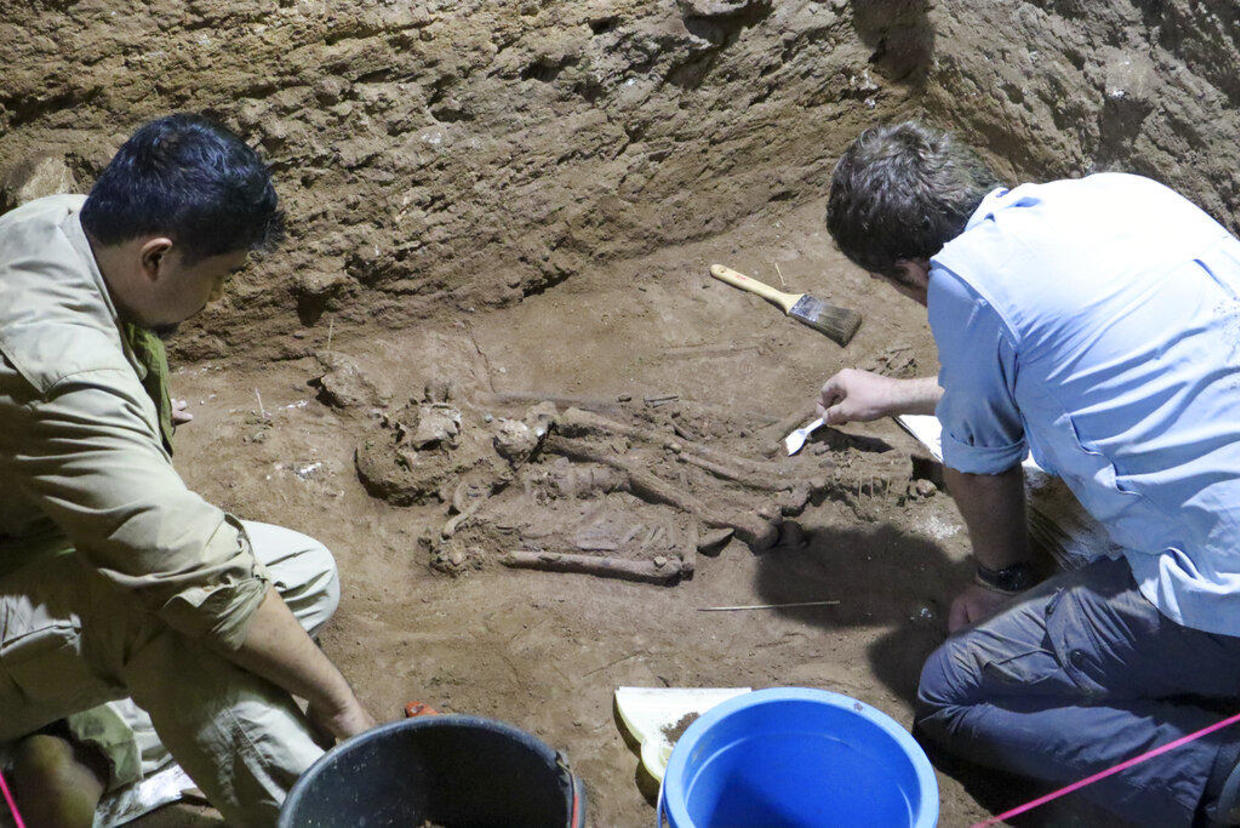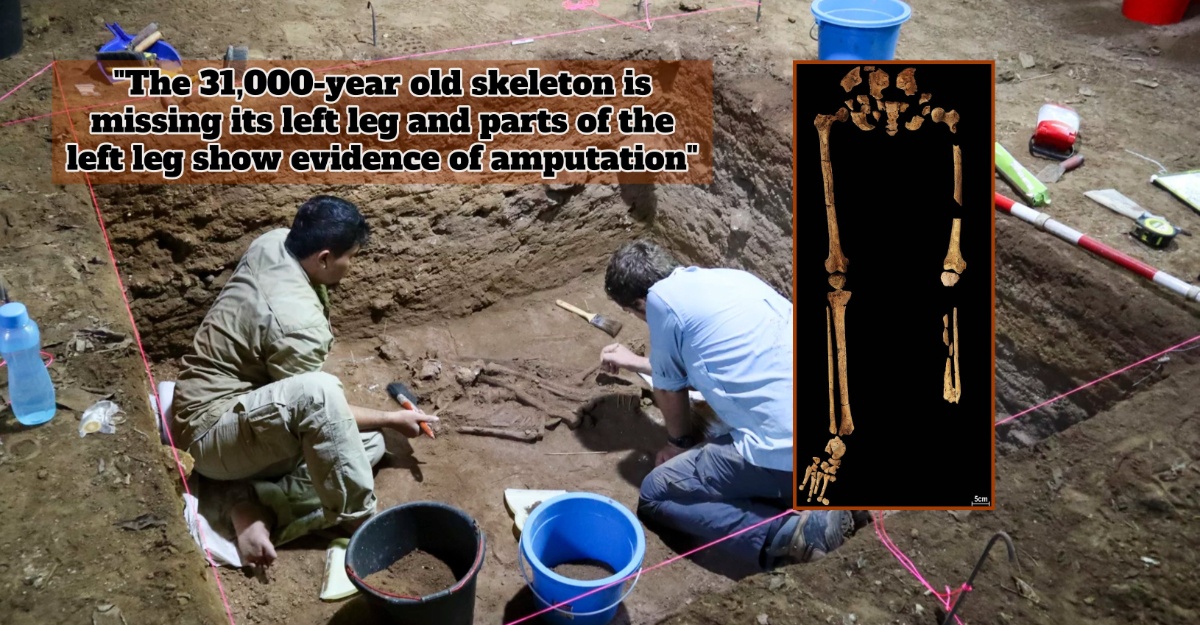Archeologists have found an old skeleton aged around 31,000-year old in a cave in Indonesia. The skeleton is believed to be the first and oldest amputation surgery. Also, the skeleton is missing its left leg and parts of the left leg show evidence of amputation.
According to the scientists, the “patient” underwent the surgery as a child and continued to live as an amputee for many years.

“In fact, it was a huge surprise that this ancient forager survived a very serious and life-threatening childhood operation, that the wound healed to form a stump. And that they then lived for years in mountainous terrain with altered mobility – suggesting a high degree of community care,” Dr. Vlok said. A study reveals that prehistoric surgery may demonstrate that human kinds were developing new medical techniques earlier than previously thought.

Scientists also added that the surgeons who operated on the child “must have had detailed knowledge of limb anatomy and muscular and vascular systems. It is to expose and negotiate the veins, vessels, and nerves and prevent fatal blood loss and infection,”. This was due to the fact that the surgeons were able to prevent terminal blood loss and infection.
However, they’re uncertain about what kind of tools the surgeons used to amputate the limb. Also, how did they prevent the infection? But they assume that the surgeons may have used a sharp stool to cut plants that have medicinal benefits.
Another scientist, Professor Aubert stated: “What the new finding in Borneo demonstrates is that humans already had the ability to successfully amputate diseased or damaged limbs long before we began farming and living in permanent settlements,”.
The earliest example of amputation
The earliest example of amputation is from France from 7,00 years ago when a French farmer had a part of his forearm amputated.
Sources: National Tribune, CBS News, Nature, Nature Articles, Live Science








